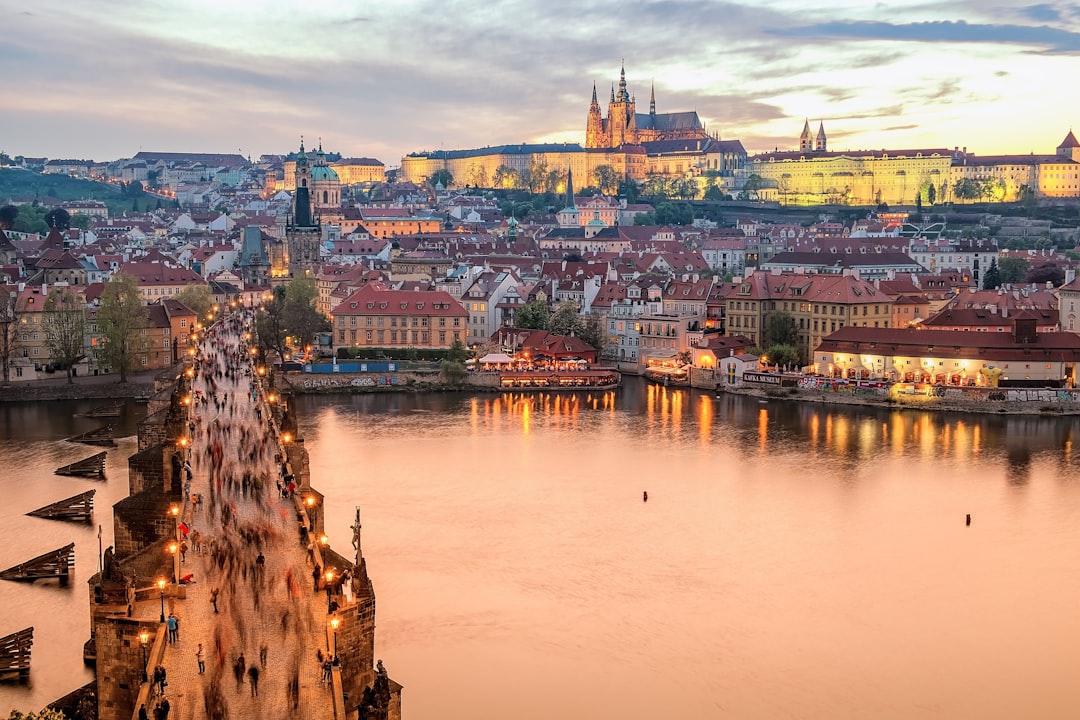Kafka Museum
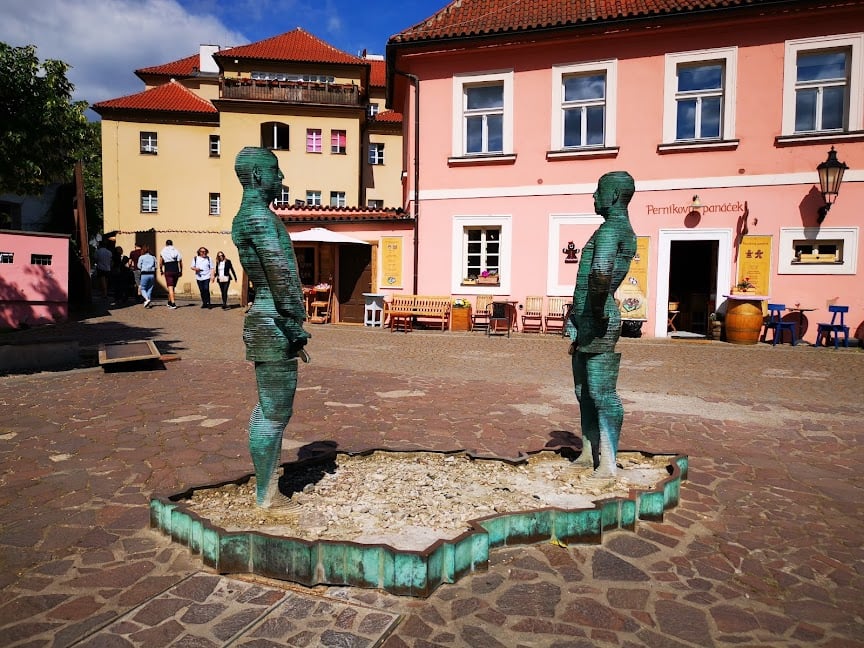
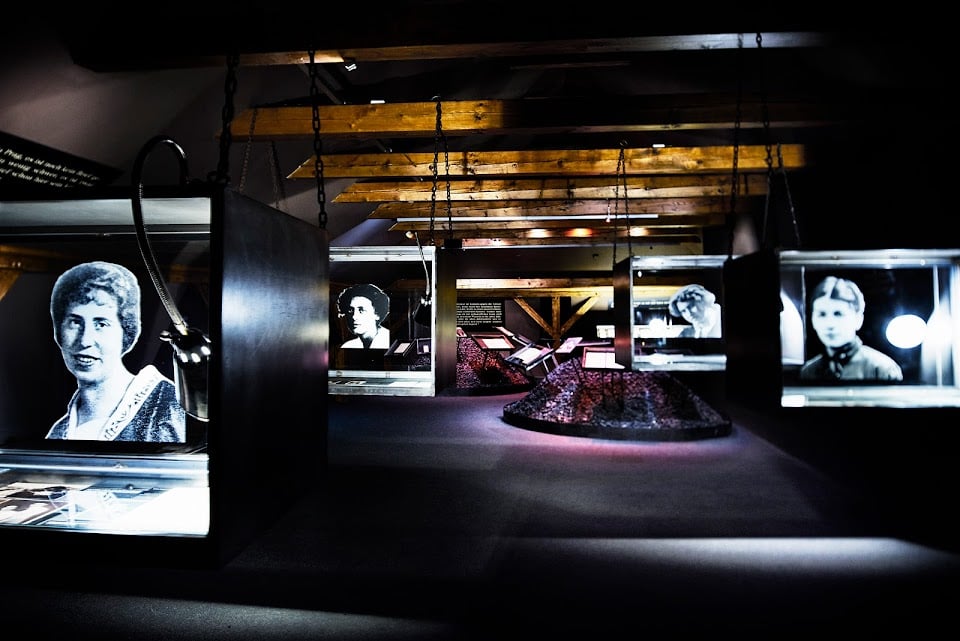
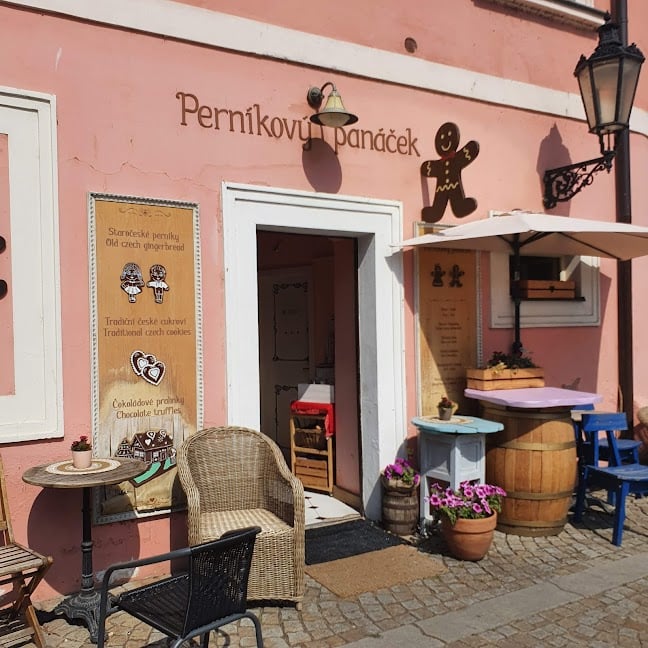
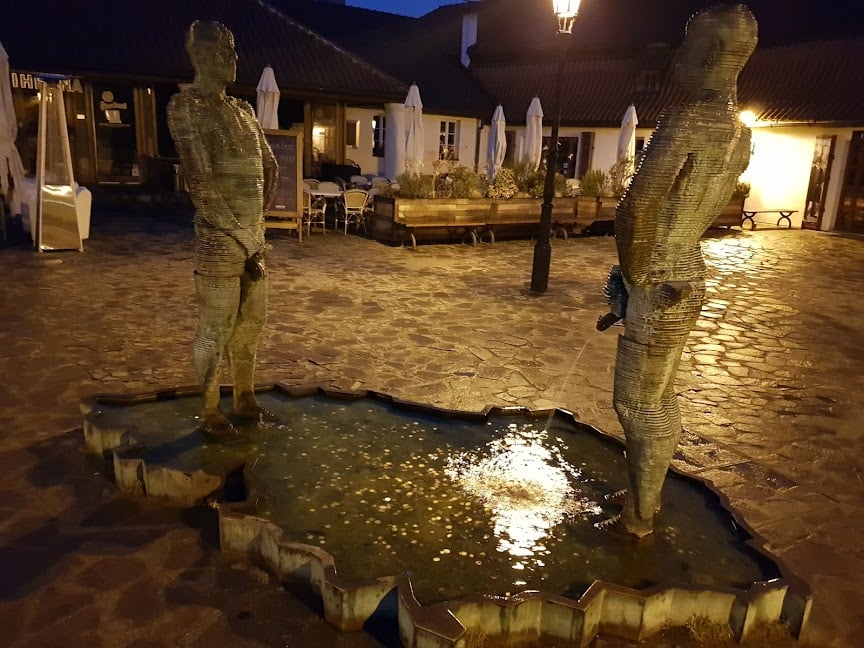
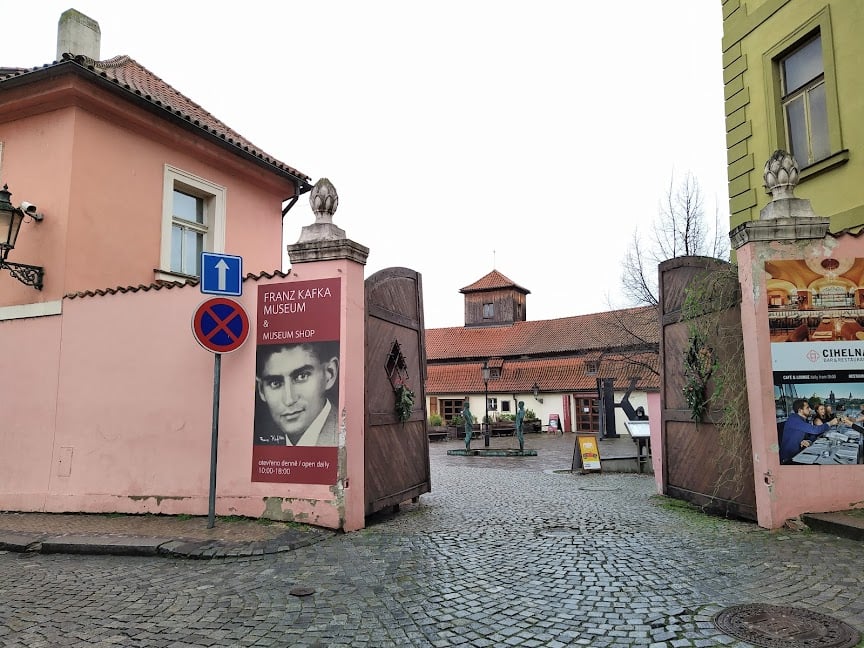
What people say
Pedro Pereira
Available for hire
"The Franz Kafka Museum in Prague offers a fascinating and immersive exploration of the life and work of one of the 20th century’s most enigmatic writers. The exhibit, first displayed in Barcelona in 1999 as part of a larger exploration of famous authors and their cities, was titled *"The City of K.: Franz Kafka in Prague."* It was one of three exhibitions that also delved into James Joyce’s relationship with Dublin and Fernando Pessoa’s connection to Lisbon. After its initial success, the Kafka exhibit traveled to New York City’s Jewish Museum in 2002 before finding a permanent home in the summer of 2005 at the Herget Brickworks building in Prague’s Malá Strana district.
The museum houses a wide array of Kafka-related materials, including copies of manuscripts, photographs, and personal documents, though no original items are on display. A highlight of the exhibition is the correspondence between Kafka and Milena Jesenská, offering a personal glimpse into his life. However, some of the museum’s explanatory texts, located on transparent surfaces with similarly colored exhibits behind them, can be difficult to read, potentially causing frustration for visitors. The texts are primarily in English, with some quotations in Czech and German, making the museum particularly oriented toward foreign tourists rather than local visitors.
The museum's design mirrors the strange and absurd themes that permeate Kafka’s writing. The space is dark and moody, featuring surreal design elements such as a red-lit staircase and unsettling sound effects that contribute to a sense of disorientation, reflecting Kafka's own portrayal of reality. Outside the museum, a provocative sculpture by Czech artist David Černý adds a touch of irony. Titled *Piss*, the bronze fountain features two men urinating into a pool shaped like the Czech Republic. Installed in 2004, the statue exemplifies Černý’s characteristic playful and often controversial approach to public art. This unusual and whimsical addition outside the Kafka Museum complements the overall atmosphere of Kafkaesque absurdity within."
Read more in:
Alba Casillas
"The exhibition features copies of manuscripts as well as photographs and personal documents, but no originals. All texts are in English, some - mainly quotations - also in Czech and German. The impression therefore is that the museum is made mainly for foreign tourists rather than people from the Czech Republic.
The museum features strange and absurd design elements that are inspired by Franz Kafka's unusual ideas. The space is dark and has special elements such as a long, red-lit staircase and mysterious sound effects. Outside the museum is an exhibit called Piss, a bronze fountain of two men urinating into a lake shaped like the Czech Republic."
Read more in:
Zachary Rivera
"The Kafka Museum is a deep dive into the life and work of one of Prague's most enigmatic literary figures, Franz Kafka. The museum is a labyrinth of symbolism and introspection, much like Kafka's own works. With an array of Kafka's first-edition books, letters, diaries, and drawings, the museum offers a glimpse into the complex mind of this literary genius. It's a must-visit for literature enthusiasts and anyone interested in understanding the man behind the myth."
Read more in:
Mentioned in these guides
About Kafka Museum
Get the inside scoop on Kafka Museum from local experts, travel creators, and tastemakers. Browse genuine trip notes, Kafka Museum reviews, photos, travel guides, and itineraries from real travelers and plan your trip with confidence.
Website
Phone
Save this spot for later or start mapping out a new trip today
Try our AI Travel Assistant and get instant answers to any questions about your trip.
Ask ThatchGPT


